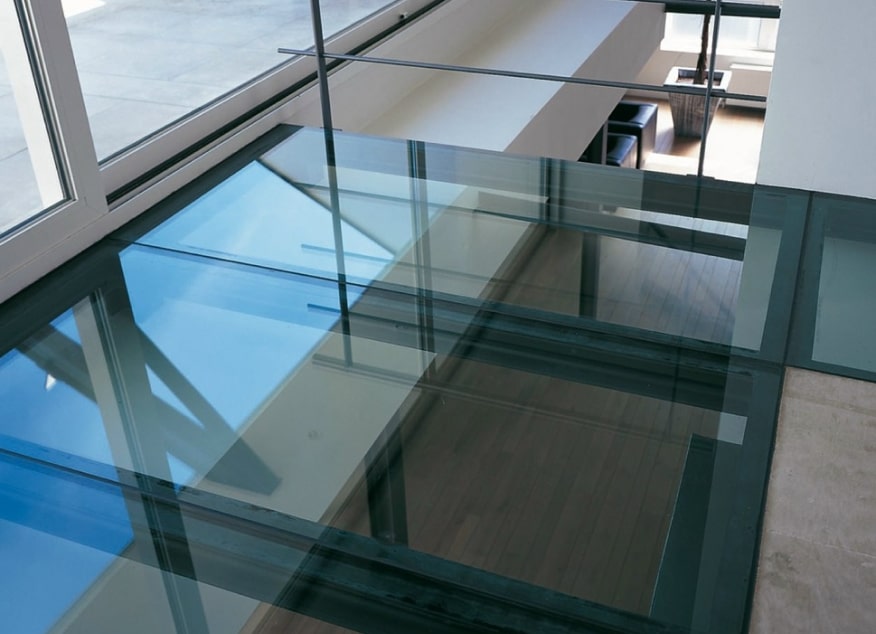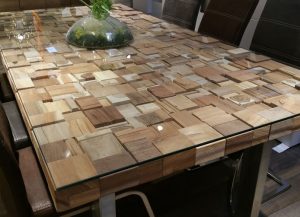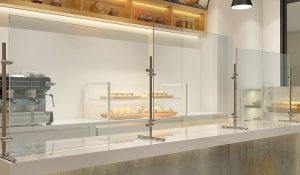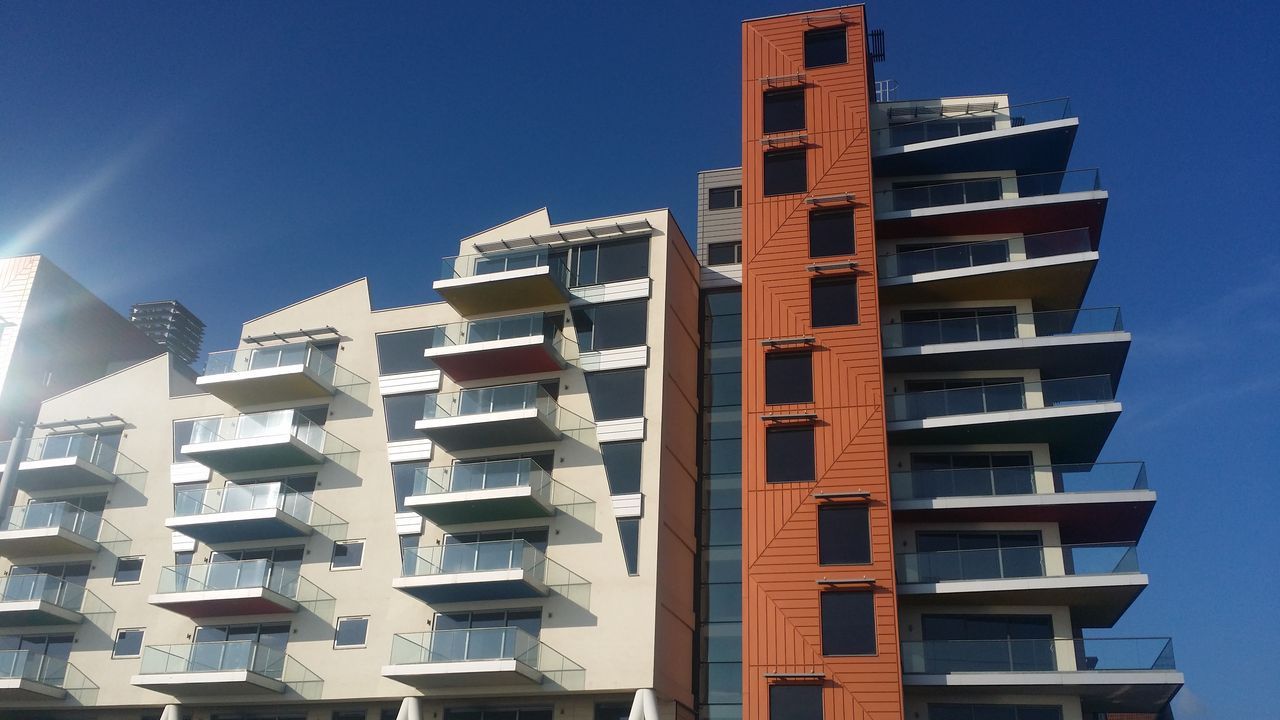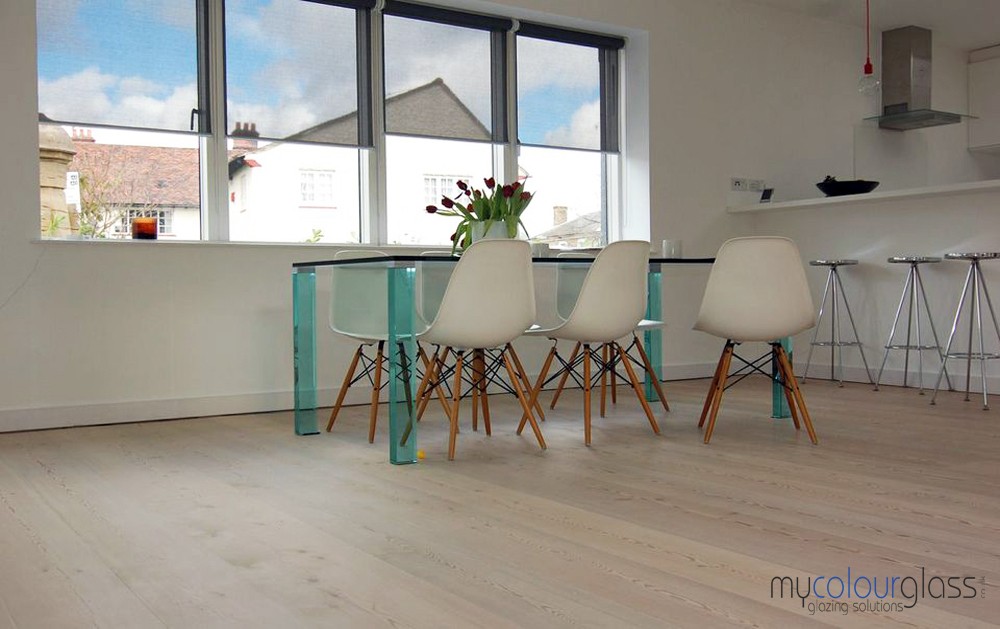Glass & glazing Blog
Furniture to complement glass architecture
Buildings built from glass may seem an entirely modern concept but the truth is they are not as new as they appear. More than 160 years ago London was home to the Crystal Palace, a huge structure built to house the world-famous Great Exhibition of 1851. More recent examples include the pyramid situated at the entrance to the Louvre in Paris and the Tokyo International Forum.
Smaller glass buildings
Of course, these are the big examples, globally recognised architectural icons, but they eclipse the smaller domestic and commercial premises that have chosen to use glass within their structures. There are good reasons for using glass as a building material, as it allows natural light to enter a property, helping smaller spaces to look bigger, as well as making the transition from indoor to outdoor more natural. There are other factors in its favour, as it is relatively cheap and almost endlessly recyclable. There was always a concern in the early days of architectural glass buildings about heating bills, which were often high, as the glass was unable to conserve energy and heat efficiently, but advancements in its manufacture mean that this is no longer the case.
Uses of glass in architecture
Glass can be used in a variety of ways in architectural structures, not just for windows and patio doors. For instance, a whole house could have glass walls, although there would of course be a problem in establishing privacy in such a structure. Elements of the home or commercial building could incorporate glass structures, such as having a staircase made of glass, a floor or ceiling, doors, walkways and of course, conservatories. For example, a large room, instead of being divided into two or zoned by partition walls or screens, could use large glass bricks, or for a more impactful effect, sandblasted glass, to create a divide that would still make use of the natural light.
How to decorate a glass structure
The only problem with glass is in deciding what type of furniture to put inside the building. With transparent walls furniture can very easily blend into the background and appear insignificant to the eye. Glass architecture, despite its long history, does have a very modern feel, and it may be tempting to incorporate only modern-style furniture into the overall interior design. However, interior decoration nowadays is much more about finding a personalised style, and this can mean mixing vintage with modern, natural materials with man-made, and bold colours with pastels.
The glass theme could also be extended to the furniture within the structure. For example, a glass dining table offers an interior a truly modern edge, creating the illusion of space yet still being eminently practical. The kitchen and the bathroom are great areas for continuing the glass theme, as these, for privacy reasons, will naturally be more enclosed than the other parts of a glass structure. A frameless glass shower, for example, would make a small bathroom seem a lot bigger, as would a large yet simple clear mirror. In the kitchen, a glass splashback would add a contemporary feel and give the impression of space and light.













